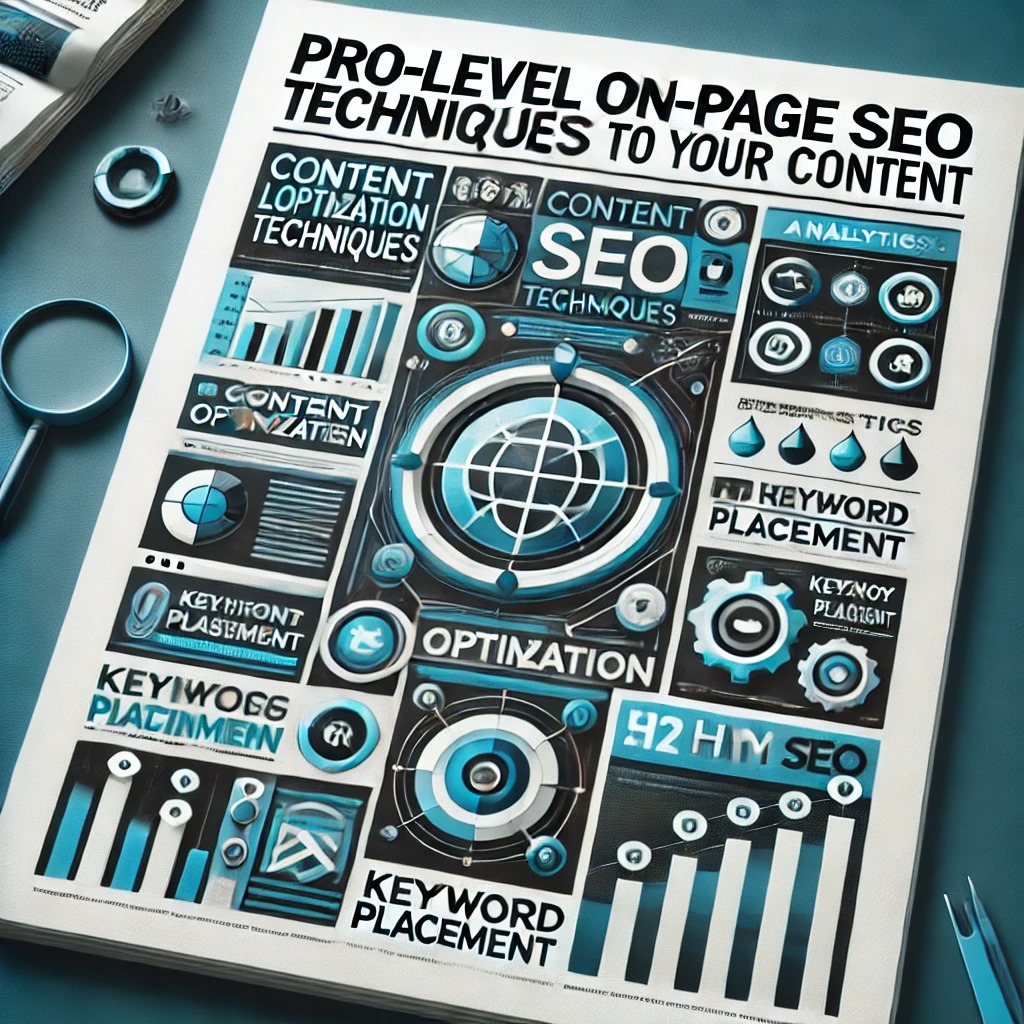Pro-Level On-Page SEO Techniques to Optimize Your Content

On-page SEO techniques are essential for boosting your online visibility. Your online presence can make or break your business, and optimizing individual web pages is key to ensuring your content reaches the right audience. On-page SEO focuses on improving page elements like content, meta tags, and images to rank higher in search engine results pages (SERPs), making it a critical component of any digital strategy.
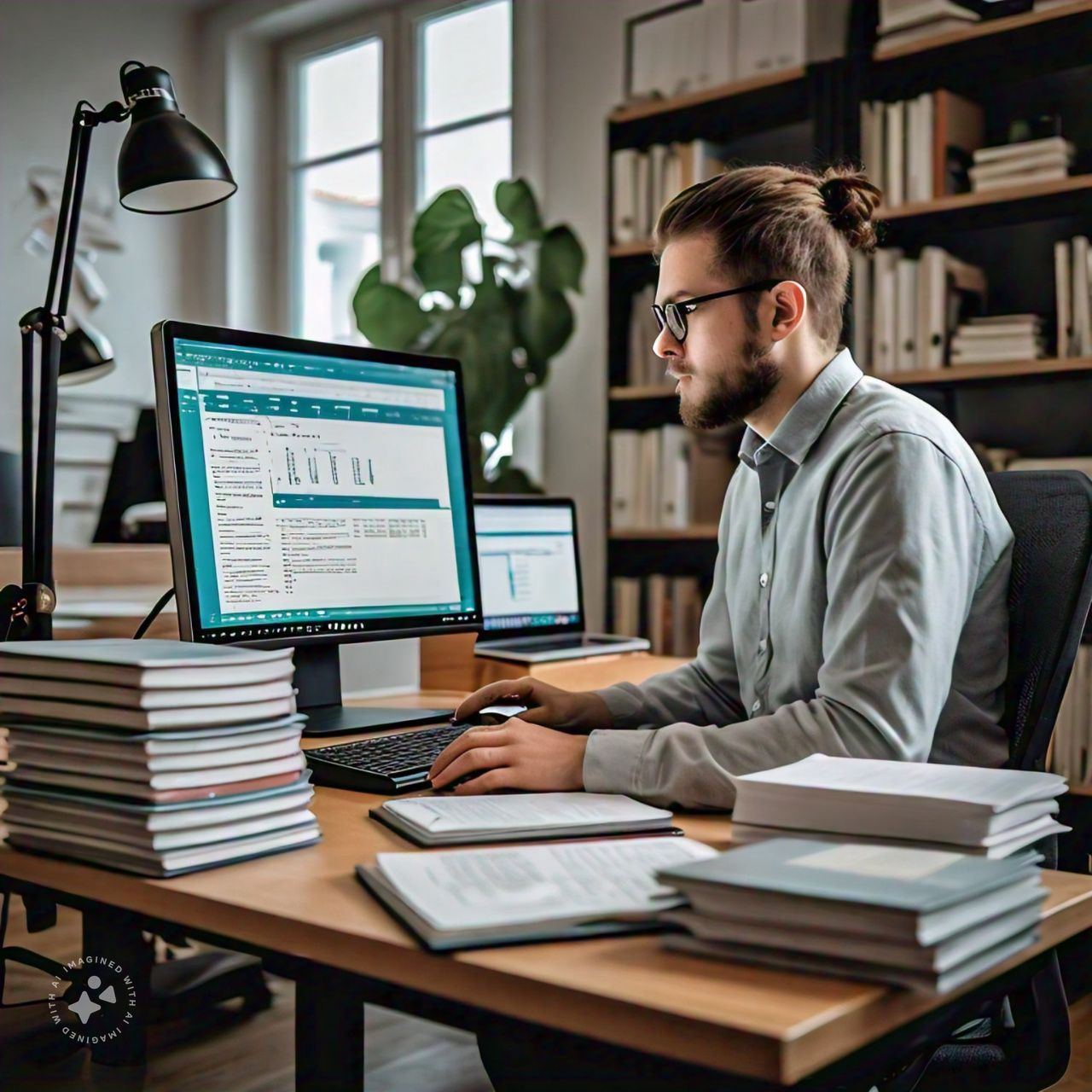
But it’s not just about getting to the top. It’s about staying there. This requires a deep understanding of advanced SEO techniques. It’s not enough to know the basics. You need to go beyond. This guide is designed to help you do just that. We’ll delve into pro-level on-page SEO techniques that can give your content the edge it needs. Whether you’re an SEO professional, a digital marketer, a content creator, or a website owner, this guide is for you.
We’ll explore everything from advanced keyword research to crafting high-quality, SEO-driven content. Then, we’ll discuss the importance of title tags, meta descriptions, headers, and subheaders. We’ll also cover technical elements like URL optimization, mobile optimization, and page speed. And that’s just the beginning. So, are you ready to take your on-page SEO to the next level? Let’s dive in.
Understanding On-Page SEO and Its Importance
On-page SEO, also known as on-site SEO, is the practice of optimizing individual web pages. The goal is to rank higher in search engine results pages (SERPs). But it’s not just about rankings. On-page SEO techniques also aim to earn more relevant traffic.

This involves optimizing both the content and the HTML source code of a page. Unlike off-page SEO, which focuses on external signals, on-page SEO is all about what you can control. This includes things like keyword placement, meta tags, and content quality. But why is on-page SEO so important?
- It helps search engines understand your content and its relevance to search queries.
- It improves your website’s visibility in SERPs.
- It enhances the user experience, leading to higher engagement and conversion rates.
- It helps you target specific keywords and topics, making your content more focused and relevant.
- It provides opportunities for internal linking, boosting your site’s authority and navigation.
The Evolution of On-Page SEO
On-page SEO has come a long way. In the early days, it was all about keyword stuffing and meta tags. But search engines have evolved.

They’ve become smarter, more sophisticated. They now prioritize user experience and content relevance. This has led to a shift in on-page SEO techniques. Keyword stuffing is out. Quality content is in. Semantic SEO, mobile optimization, and user intent have become critical factors. The focus is now on providing value to the user, not just ticking off SEO boxes.
On-Page vs. Off-Page SEO: What’s the Difference?
On-page and off-page SEO are two sides of the same coin. Both are crucial for your website’s visibility and performance. But they focus on different aspects. On-page SEO is about what’s on your website. This includes things like:
- Content quality and relevance
- Keyword optimization
- Meta tags and headers
- URL structure
- Internal linking
- Page speed and mobile optimization

Off-page SEO, on the other hand, is about your website’s relationship with other websites.
This involves:
- Backlinks from other sites
- Social signals (likes, shares, tweets, etc.)
- Brand mentions (both linked and unlinked)
- Guest blogging and influencer marketing
While on-page SEO is about control, off-page SEO is about influence. Both are essential for a well-rounded SEO strategy.
Advanced Keyword Research and Selection
Keyword research is the cornerstone of on-page SEO. It’s the process of finding and analyzing search terms that people enter into search engines. The goal is to use this data to guide your content strategy.

But keyword research isn’t just about search volume and competition. It’s also about understanding what your audience is looking for. This involves analyzing user intent and search context. It’s about finding the right balance between broad and specific keywords.
Broad keywords have high search volume but are highly competitive. Specific keywords, or long-tail keywords, have lower search volume but are less competitive. They also tend to have higher conversion rates, as they’re more targeted.
Here’s a simple process for advanced keyword research:
- Start with a broad topic related to your business or industry.
- Use keyword research tools to find related keywords and phrases.
- Analyze the search volume, competition, and relevance of these keywords.
- Identify long-tail variations that are less competitive but highly relevant.
- Consider the user intent behind each keyword. Are users looking to buy, learn, compare, or do something else?
- Prioritize your keywords based on their potential impact on your SEO and business goals.
Utilizing Keyword Research Tools for On-Page SEO Techniques
Keyword research tools are essential for advanced on-page SEO. They provide valuable data on search volume, competition, and trends.
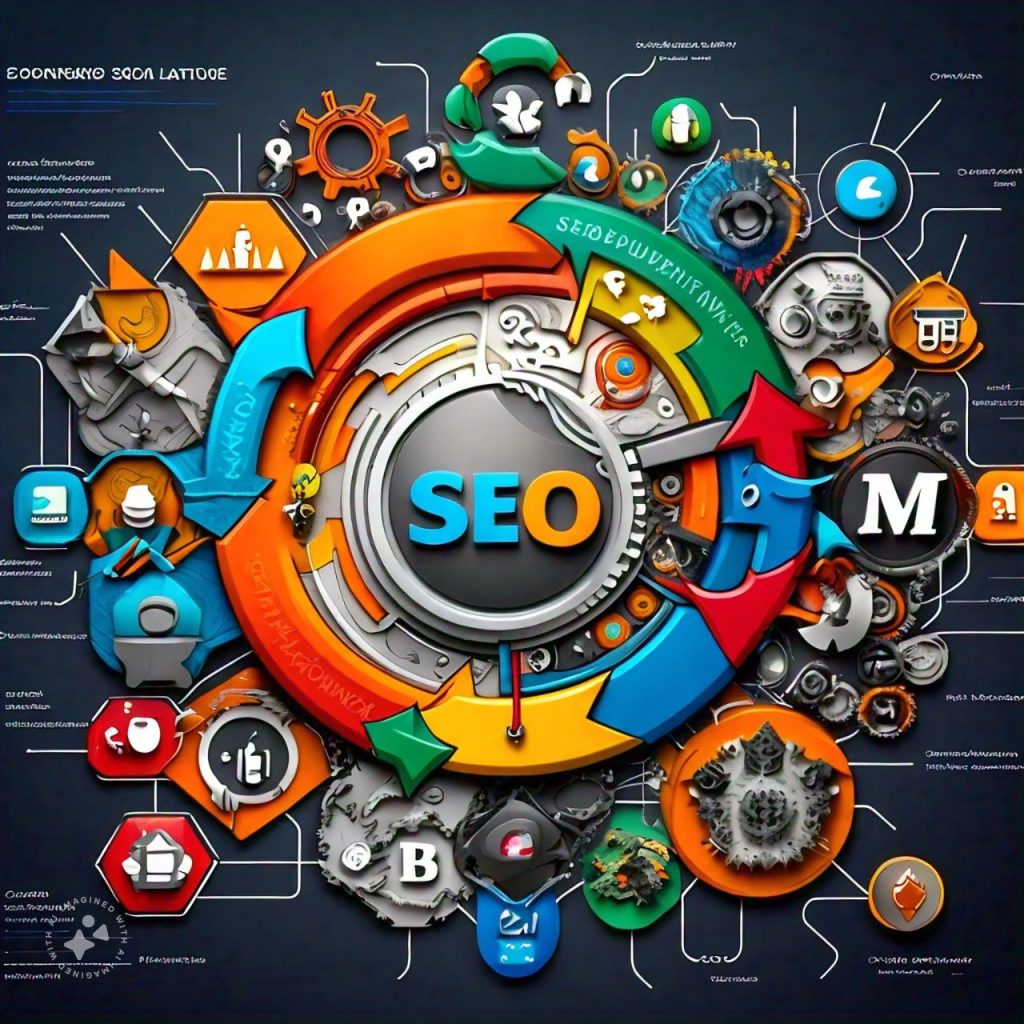
There are many tools available, both free and paid. Some popular options include Google Keyword Planner, SEMrush, and Ahrefs.
These tools can provide a wealth of information, including:
- Search volume: The number of searches for a specific keyword over a certain period.
- Keyword difficulty: An estimate of how hard it would be to rank for a specific keyword.
- Cost per click (CPC): The average cost per click for a keyword in Google Ads.
- Keyword suggestions: Related keywords that you might not have thought of.

But remember, data is just one part of the equation. You also need to consider your audience, your business goals, and the competitive landscape.
Understanding User Intent and Search Context
User intent, also known as search intent in the firled of On-Page SEO Techniques, is the “why” behind a search query. Why did the user make this search? What are they looking to achieve? Understanding user intent is crucial for keyword selection and content creation.
There are four main types of user intent:
- Informational: The user is looking for information or answers.
- Navigational: The user is trying to get to a specific website or page.
- Transactional: The user is ready to buy and is looking for a place to make a purchase.
- Commercial investigation: The user is in the process of deciding to buy and is comparing products or services.

By aligning your content with user intent, you can improve your relevance and rankings. But user intent isn’t static. It can change based on trends, events, and user behavior. That’s why it’s important to regularly review and update your keyword strategy. Remember, SEO is a marathon, not a sprint. It’s about long-term success, not quick wins.
Crafting High-Quality, SEO-Driven Content
Creating high-quality content is a key part of on-page SEO techniques. But what does “high-quality” mean in the context of SEO? It’s not just about grammar, spelling, and punctuation.

It’s also about relevance, depth, and value. Your content should be relevant to your keywords and your audience’s needs. It should cover the topic in depth, providing comprehensive and accurate information. And most importantly, it should provide value to your audience. This could be in the form of information, entertainment, inspiration, or a solution to a problem.
Here are some tips for crafting high-quality, SEO-driven content:
- Understand your audience: Who are they? What are their needs and interests? What questions do they have?
- Do your research: Gather accurate and up-to-date information. Cite your sources to boost credibility.
- Write for humans, not search engines: Use natural language and avoid keyword stuffing.
- Make your content readable: Use clear headings, short paragraphs, bullet points, and images.
- Add value: Provide unique insights, actionable tips, or a fresh perspective.
The Role of E-E-A-T in Content Quality
E-E-A-T stands for Experience, Expertise, Authoritativeness, and Trustworthiness. It’s a concept from Google’s Search Quality Evaluator Guidelines. E-A-T is not a direct ranking factor. But it’s a useful framework for understanding what Google considers high-quality content. Expertise refers to the depth of knowledge or skill in a particular area. Authoritativeness is about credibility and reputation. Trustworthiness relates to honesty, transparency, and reliability.

To improve your E-E-A-T, consider the following:
- Showcase your expertise: Share your credentials, experience, and achievements.
- Build your authority: Earn recognition and endorsements from reputable sources.
- Foster trust: Be transparent, consistent, and responsive.
Creating Comprehensive Content for Topic Authority
Topic authority is about becoming a go-to resource for a specific topic. It’s about covering a topic in depth and breadth. This involves creating comprehensive content that answers all possible user queries.

But it’s not just about quantity. It’s also about quality and relevance. Your content should be well-researched, well-written, and well-structured. It should provide value and meet user intent. And it should be updated regularly to stay relevant and accurate. Remember, building topic authority takes time and effort. But the rewards are worth it: higher rankings, more traffic, and more trust from your audience.
Pro-Level Techniques for Title Tags and Meta Descriptions
Title tags and meta descriptions play a crucial role in on-page SEO. They are the first things users see in the search results.

A well-crafted title tag and meta description can improve your click-through rate. They can also enhance your visibility on search engines. But how do you write effective title tags and meta descriptions?
Here are some pro-level techniques:
- Use your primary keyword: Include it in both your title tag and meta description.
- Be concise: Keep your title tag under 60 characters and your meta description under 160 characters.
- Be descriptive: Clearly describe what your page is about.
- Be compelling: Use persuasive language to entice users to click.
Writing Click-Worthy Title Tags
Title tags are a major factor in helping search engines understand your page content. They also influence the user’s decision to click on your page.

So, how do you write a click-worthy title tag? First, include your primary keyword. This helps search engines understand your content. It also helps users see that your content is relevant to their search. Second, make it compelling. Use power words, numbers, or questions to grab attention. Finally, keep it concise. Aim for 50-60 characters to ensure your title tag is fully displayed in search results.
Crafting Compelling Meta Descriptions
Meta descriptions provide a brief summary of your page content. They appear under the title tag in search results.
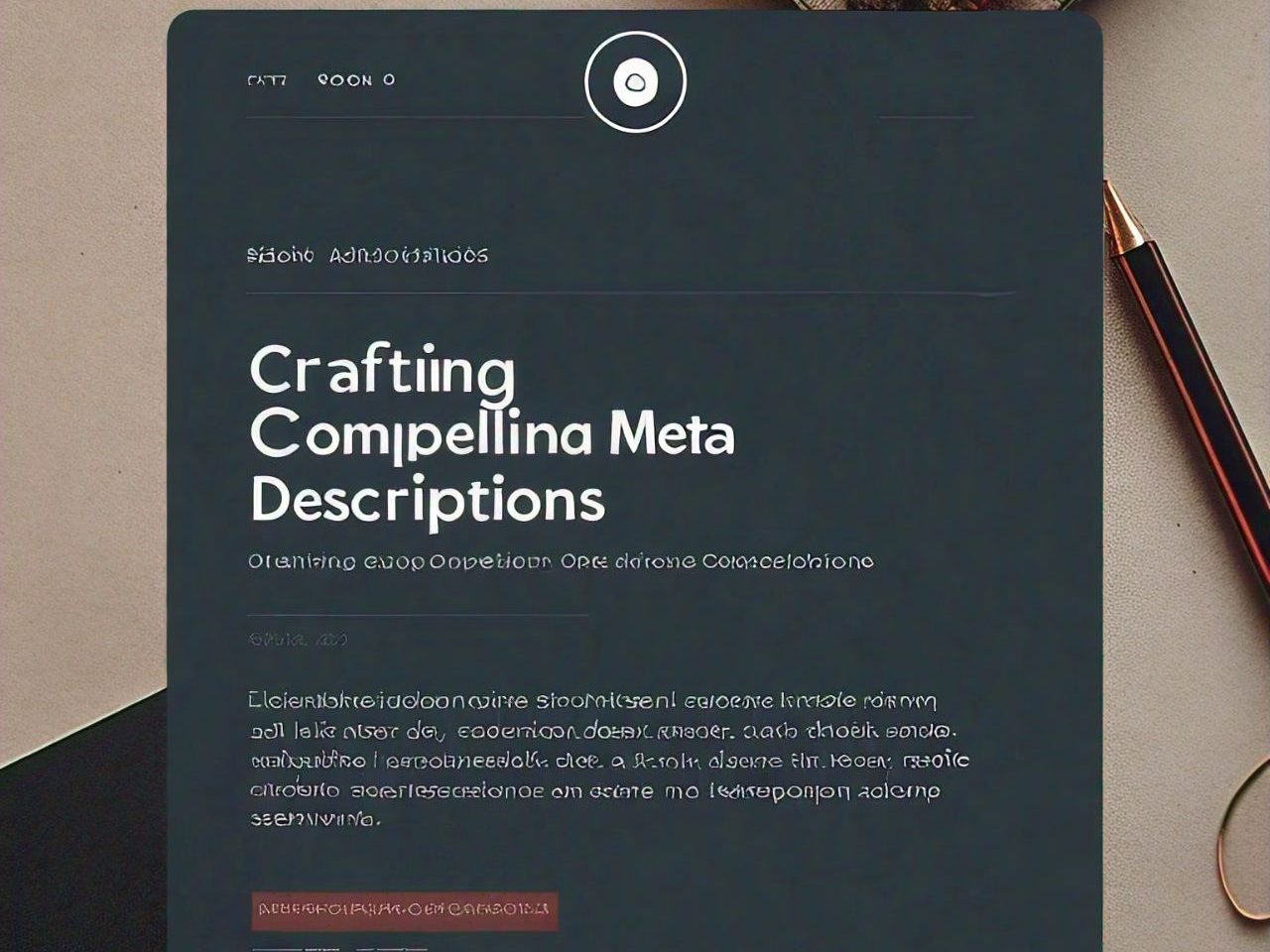
While they don’t directly impact rankings, they can influence click-through rates. So, how do you craft a compelling meta description? First, include your primary keyword. This reinforces the relevance of your content. Second, provide a clear, concise summary. Tell users what they can expect from your page. Third, use a call-to-action. Encourage users to click on your page. Finally, keep it under 160 characters. This ensures your meta description is fully displayed in search results.
Optimizing Headers and Subheaders
Headers and subheaders are essential for on-page SEO. They help structure your content and guide your readers.

Search engines use headers to understand the context of your content. They also use them to identify key topics within your page. So, how do you optimize your headers and subheaders?
Here are some pro-level techniques:
- Use your primary and secondary keywords: Include them in your headers where relevant.
- Be descriptive: Clearly outline what each section of your content covers.
- Use hierarchy: Use H1 for your title, H2 for main headings, and H3 for subheadings.

Structuring Content with H1, H2, and H3 Tags
The H1 tag should be used for your page title. This is typically the first thing users see when they land on your page.
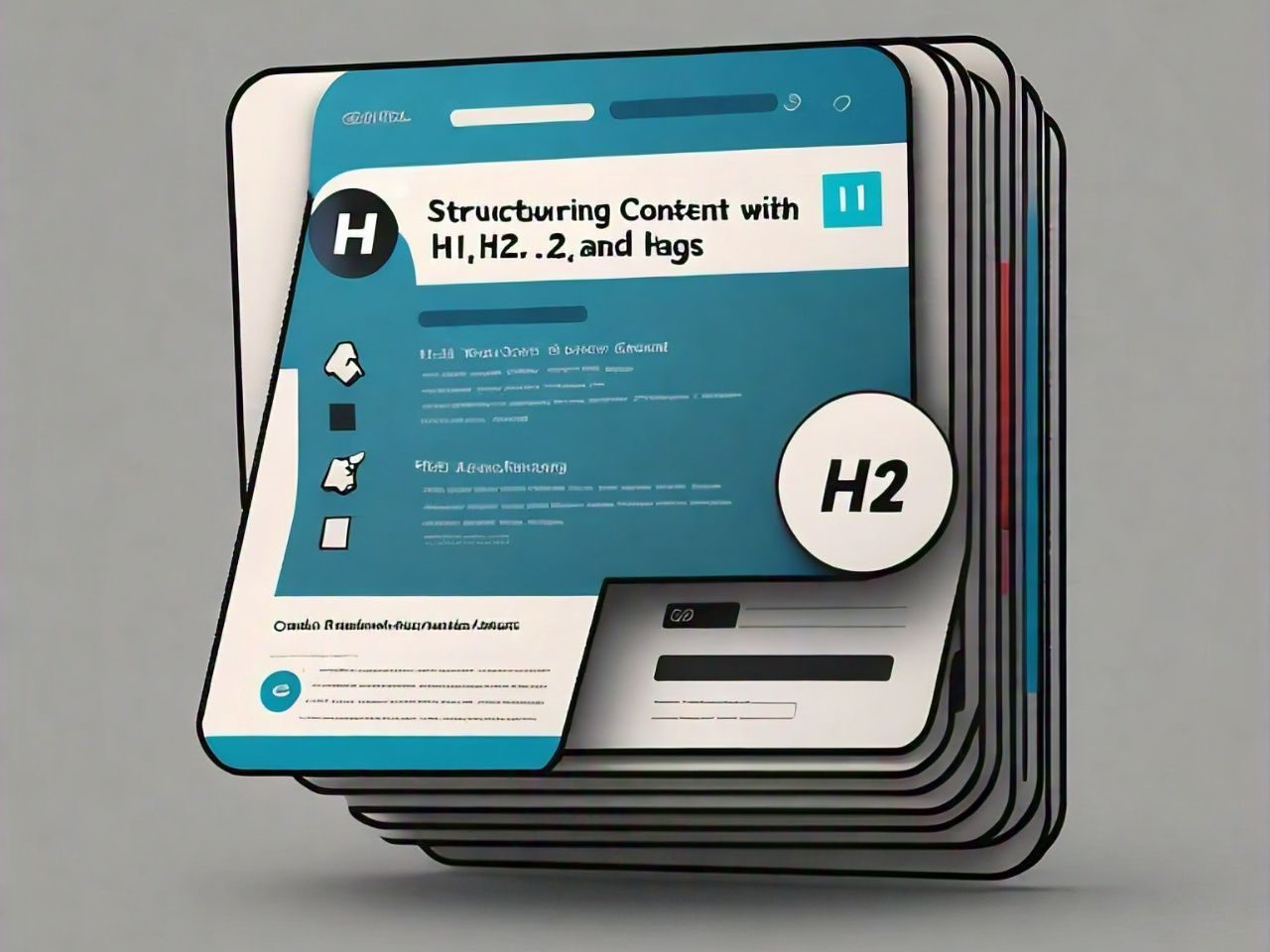
The H1 tag should include your primary keyword. This helps search engines understand the main topic of your page. H2 tags should be used for your main headings. They break up your content into manageable sections. H3 tags are used for subheadings within those sections. They provide further structure and detail.
Using Headers to Improve Readability and SEO
Headers not only structure your content. They also improve readability.

By breaking up your content, headers make it easier to read. They allow users to quickly scan your page and find what they’re looking for. This can improve user engagement and reduce bounce rate. Headers also provide SEO benefits. By including keywords in your headers, you can improve your visibility on search engines. Remember, headers should be descriptive and relevant to the content that follows. This helps both users and search engines understand your content.
Enhancing User Experience with Page Layout and Navigation

User experience is a key factor in on-page SEO. It’s not just about the content you provide, but how you present it. A well-designed page layout can enhance readability. It can guide users through your content and keep them engaged. Here are some pro-level techniques for enhancing user experience:
- Use white space: It can make your content easier to read and digest.
- Break up your content: Use headers, subheaders, and bullet points.
- Use images and multimedia: They can illustrate your points and break up text.
Designing for Readability and Engagement
Readability is crucial for user engagement. If your content is hard to read, users may leave your page.

To enhance readability, use short paragraphs and sentences. Also, use a font size and style that’s easy to read. For engagement, include interactive elements. These could be videos, infographics, or even quizzes.
The Impact of Navigation on SEO
Navigation is another key aspect of user experience. If users can’t find what they’re looking for, they may leave your site.
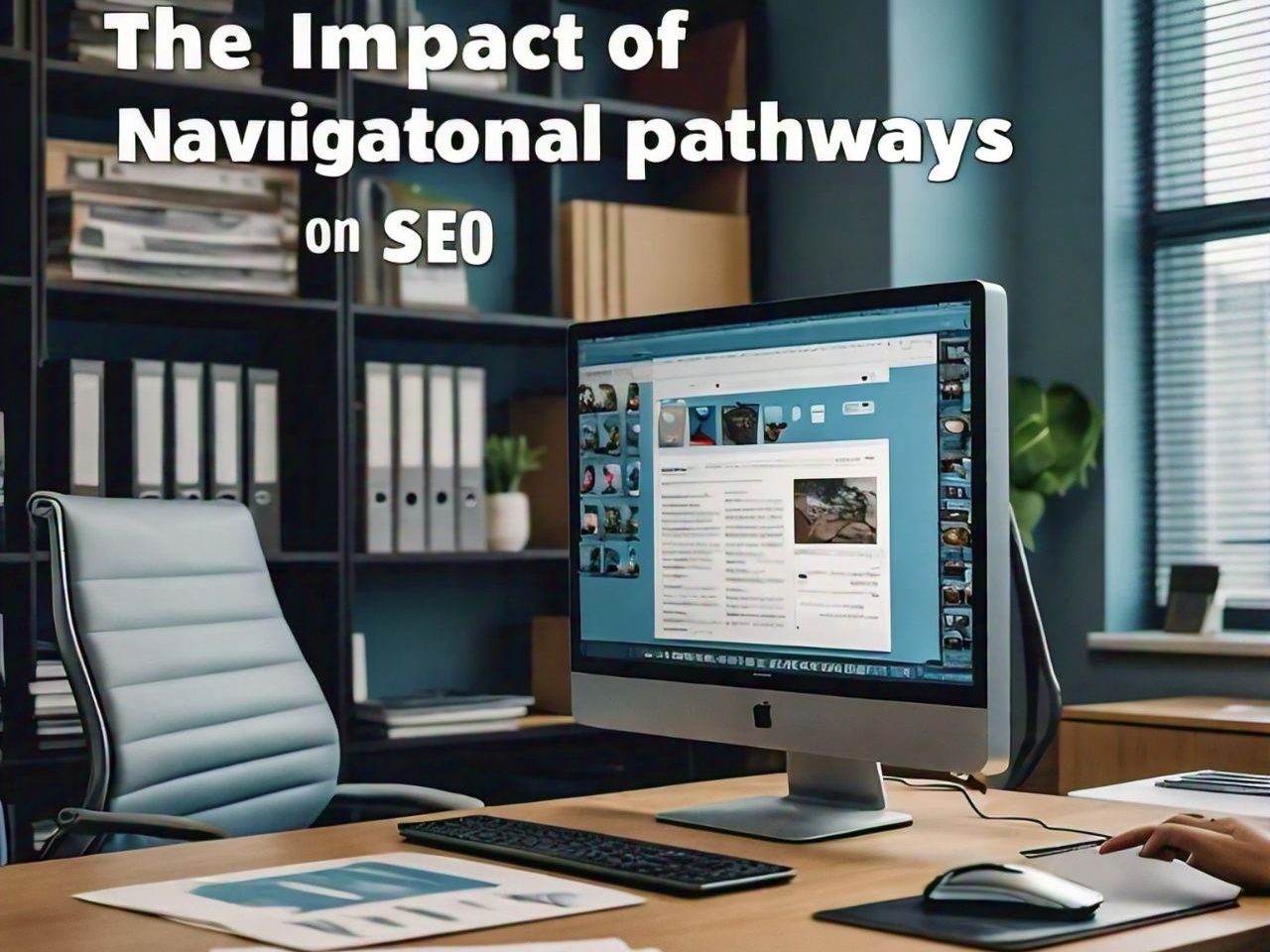
A well-structured navigation menu can guide users through your site. It can help them find the information they need. This can reduce bounce rate and increase time on site. Both of these factors can improve your SEO. Remember, a good user experience can lead to better search rankings.
Advanced Image Optimization Techniques
Images play a crucial role in on-page SEO techniques. They can make your content more engaging and informative.

But, images can also slow down your page load time. This can negatively impact your SEO. So, it’s important to optimize your images for SEO.
Here are some advanced techniques:
- Use descriptive file names and alt text.
- Compress your images to reduce file size.
- Use responsive images to improve mobile optimization.
Using Alt Text and File Names Effectively
Alt text and file names can improve your image SEO. They help search engines understand what your image is about.
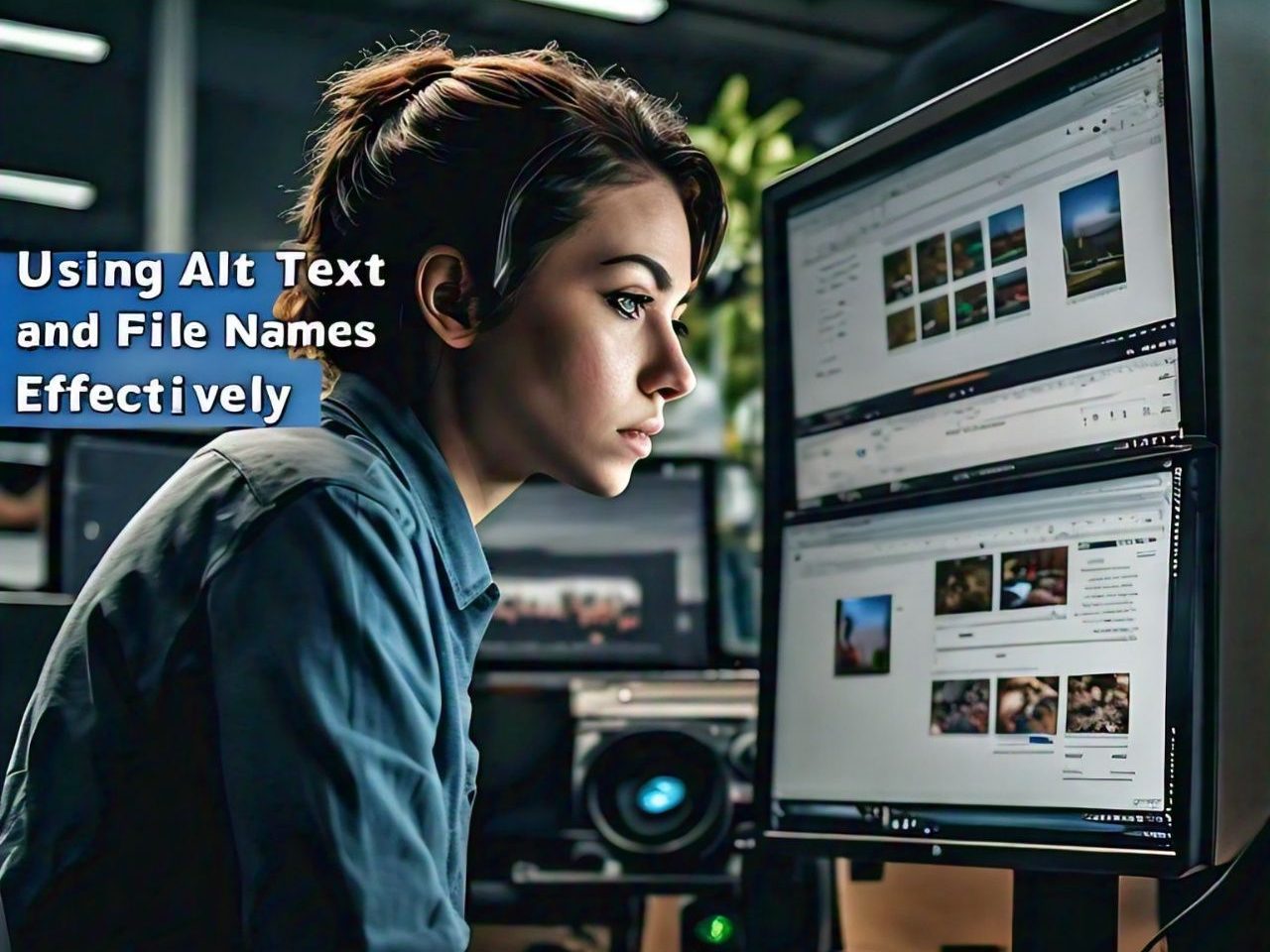
Use descriptive and relevant keywords in your alt text and file names. But, avoid keyword stuffing. It’s important to keep your alt text and file names natural and readable. This can help improve your image search rankings.
Leveraging Image Compression and Responsive Design
Image compression can reduce your page load time. This can improve your SEO and user experience.

There are many tools available for image compression. These tools can reduce your image file size without compromising quality. Responsive images are also important for mobile optimization. They adjust to fit the screen size of the device. This can improve your mobile SEO and user experience.

Internal and External Linking Strategies
Linking is a powerful SEO strategy. It can help search engines understand your content better.
There are two types of linking strategies: internal and external. Both can significantly impact your SEO.
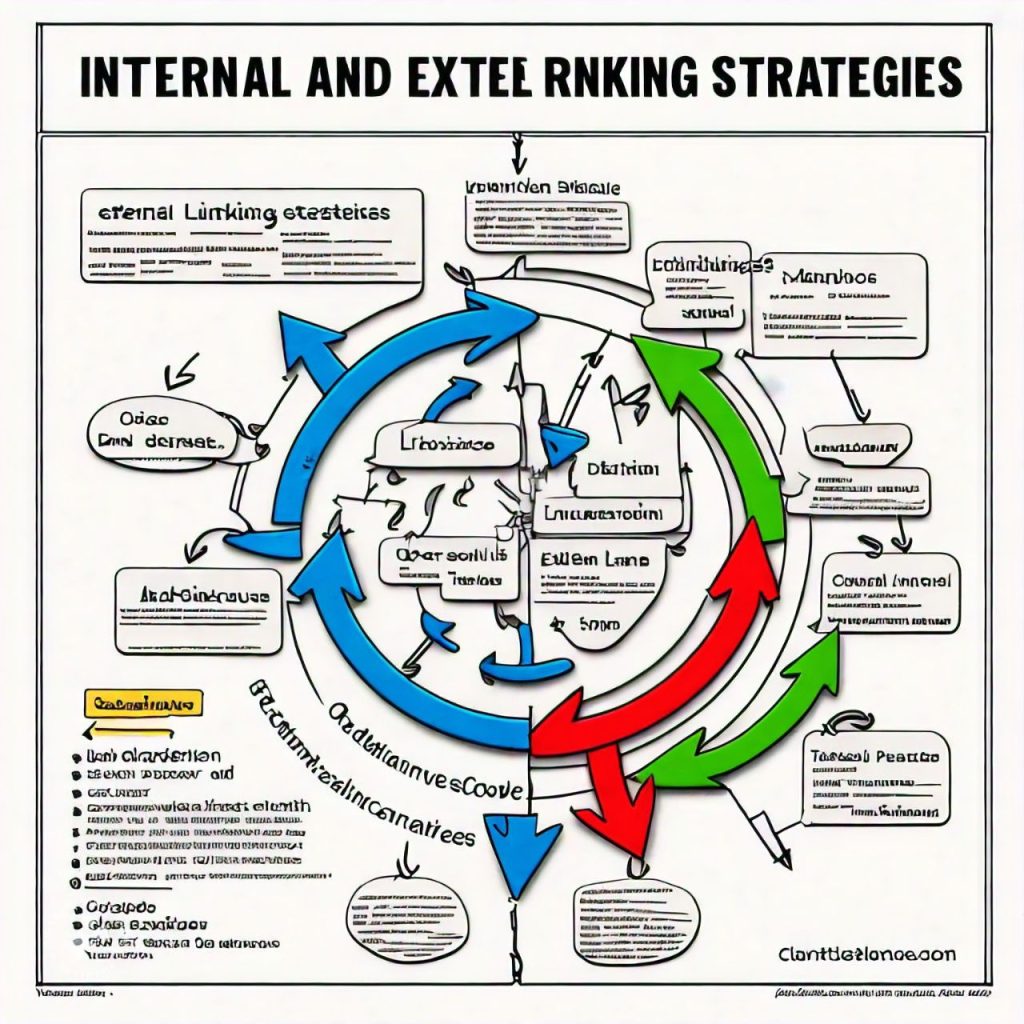
Here’s how:
- Internal linking can improve your site navigation and page authority.
- External linking can increase your site’s credibility and relevance.
Let’s delve deeper into each strategy.
The Power of Internal Linking for SEO
Internal linking refers to linking your content to other pages on your site. It’s a powerful on-page SEO techniques.
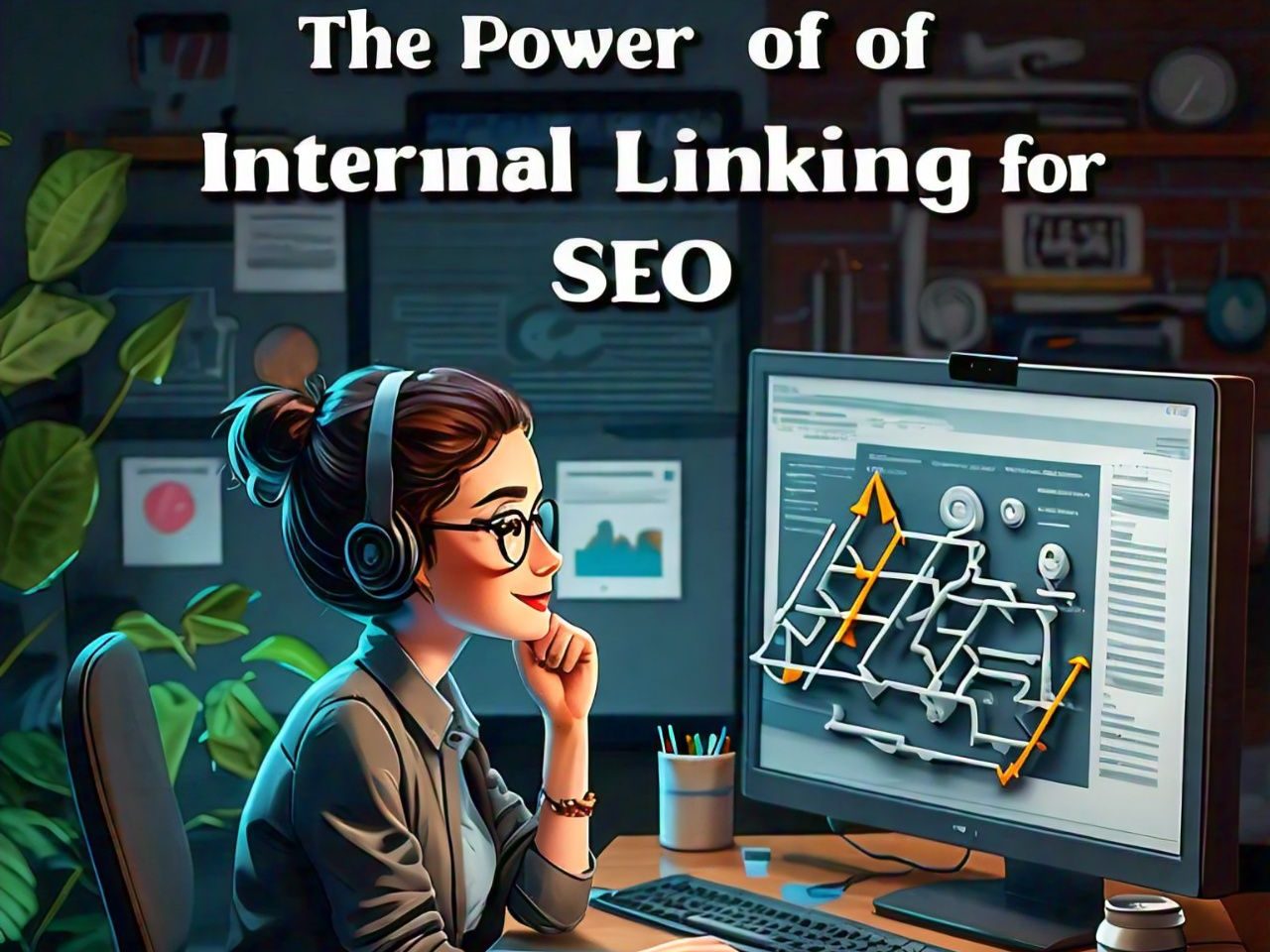
Here’s why:
- It helps search engines understand the structure and context of your site.
- It can improve your site navigation and user experience.
- It can distribute page authority and ranking power throughout your site.
Remember to use descriptive anchor text for your internal links.
This can help search engines understand the content of the linked page.
External Linking: Best Practices and Pitfalls
External linking refers to linking your content to other websites. It can be a double-edged sword.

Here’s what you need to know:
- Linking to high-quality, relevant websites can increase your site’s credibility.
- But, linking to low-quality or irrelevant websites can harm your SEO.
So, be selective with your external links.
Ensure they add value to your content and are beneficial to your readers.
Technical On-Page SEO Elements
Technical SEO is a crucial part of on-page optimization. It involves optimizing your site’s technical aspects to improve its visibility in search engines.
Here are some key technical SEO elements:
- URL optimization and structure
- Mobile optimization
- Page speed optimization
- XML sitemap
- Robots.txt file
- HTTPS security
- Structured data
Let’s focus on the first three elements.
URL Optimization and Structure
URLs are more than just web addresses. They can significantly impact your SEO.
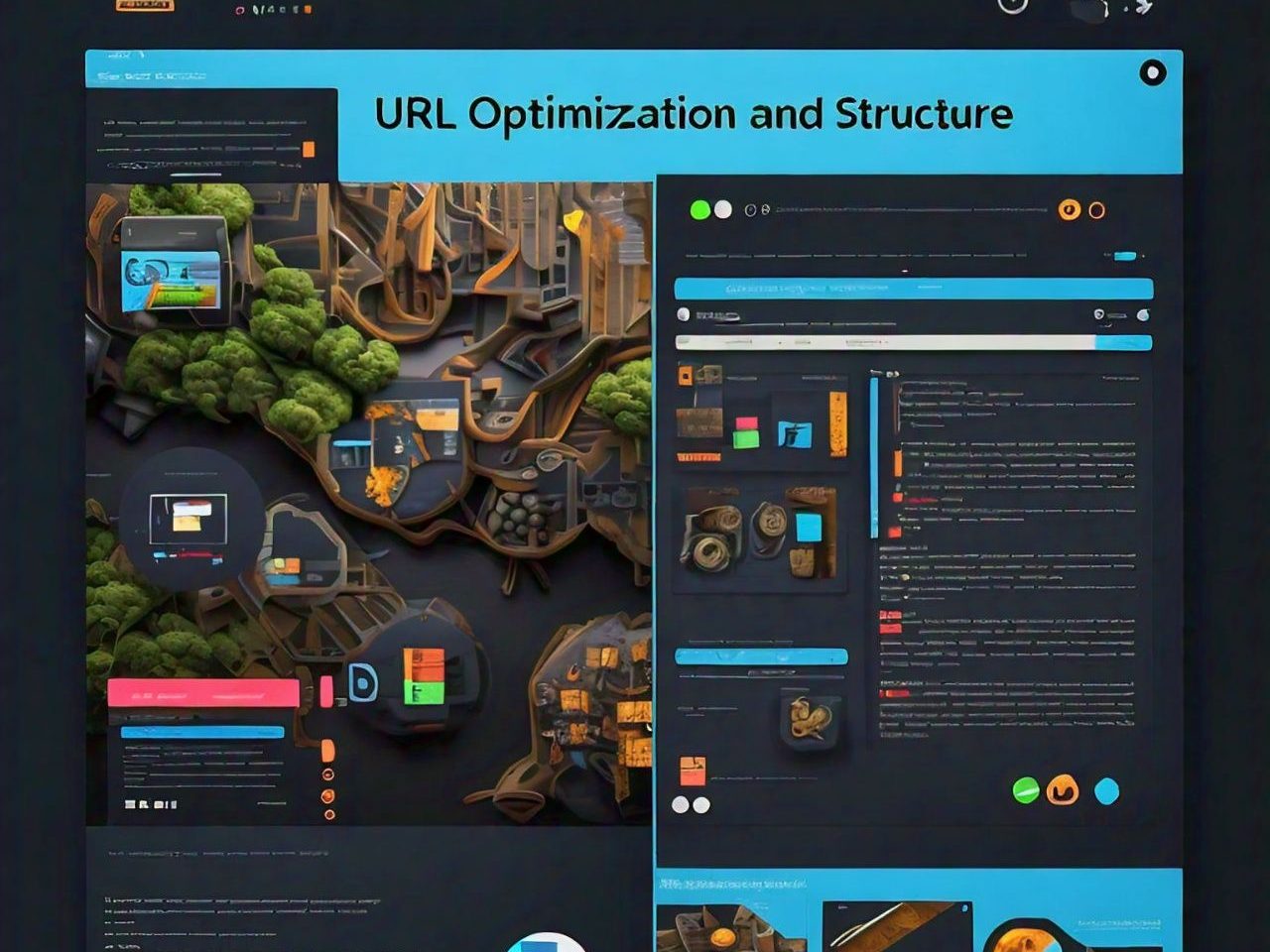
Here’s why:
- Search engines use URLs to understand the content of your page.
- Well-structured URLs can improve your site’s user experience.
- They can also increase your click-through rate in search results.
So, ensure your URLs are short and descriptive, and include your target keywords.
The Importance of Mobile Optimization and Page Speed
Mobile optimization is no longer optional. It’s a must for every website.
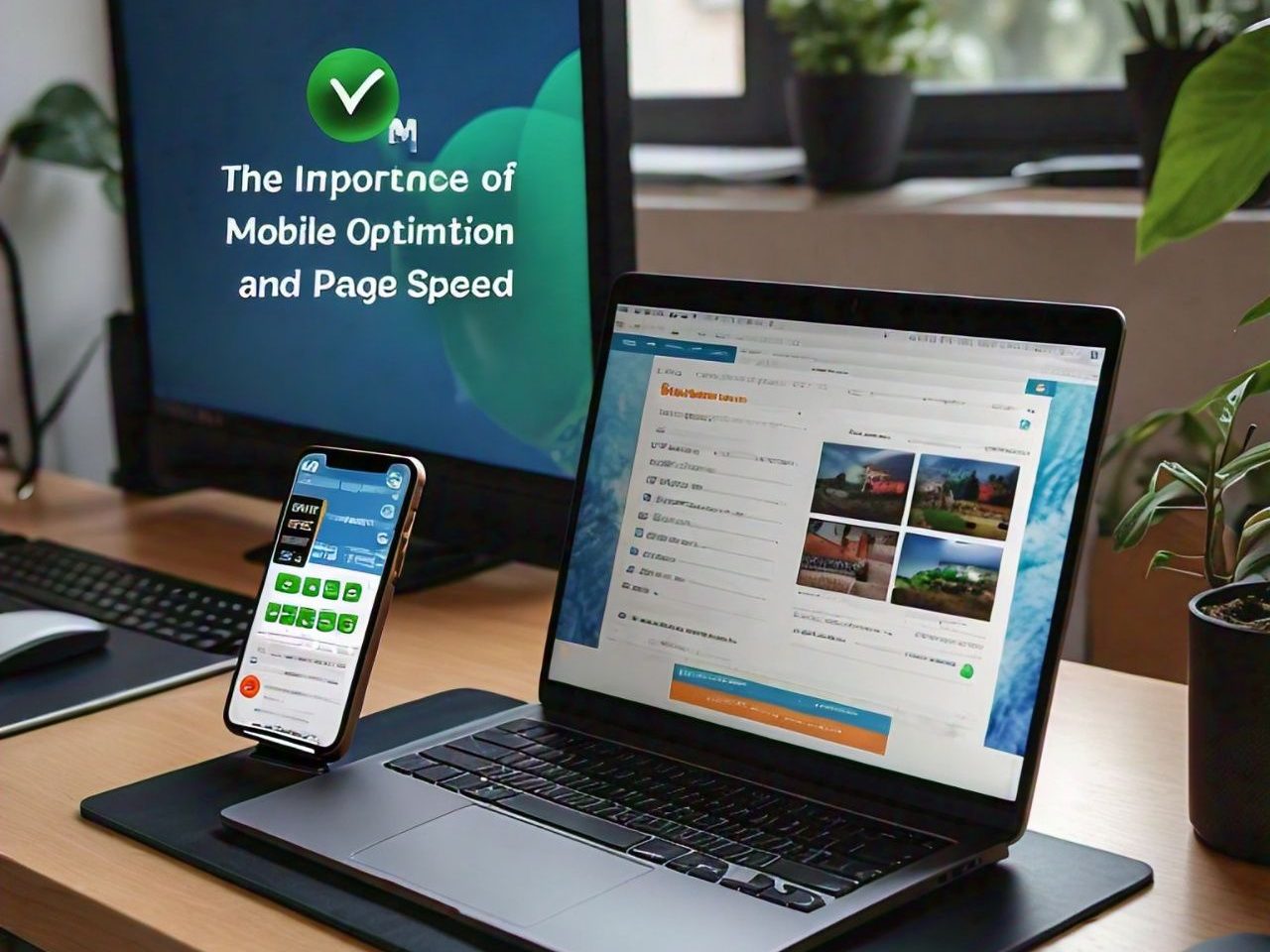
Here’s why:
- More than half of global web traffic comes from mobile devices.
- Google uses mobile-first indexing, meaning it primarily uses the mobile version of a site for indexing and ranking.
- A mobile-friendly site can improve your user experience and engagement.
Page speed is also crucial for SEO. Slow-loading pages can increase your bounce rate and harm your rankings. So, ensure your site is mobile-friendly and loads quickly for the best SEO results.
Leveraging Schema Markup and Rich Snippets
Schema markup and rich snippets can significantly enhance your SERP presence. They provide additional information about your page to search engines and users.

Here’s why they’re important:
- They can increase your click-through rate by making your listing more attractive.
- They can improve your rankings by providing search engines with more context about your page.
- They can enhance user experience by providing key information at a glance.
Let’s delve deeper into these two elements.
Implementing Schema for Enhanced SERP Presence
Schema markup is a form of microdata. It helps search engines understand your content better.
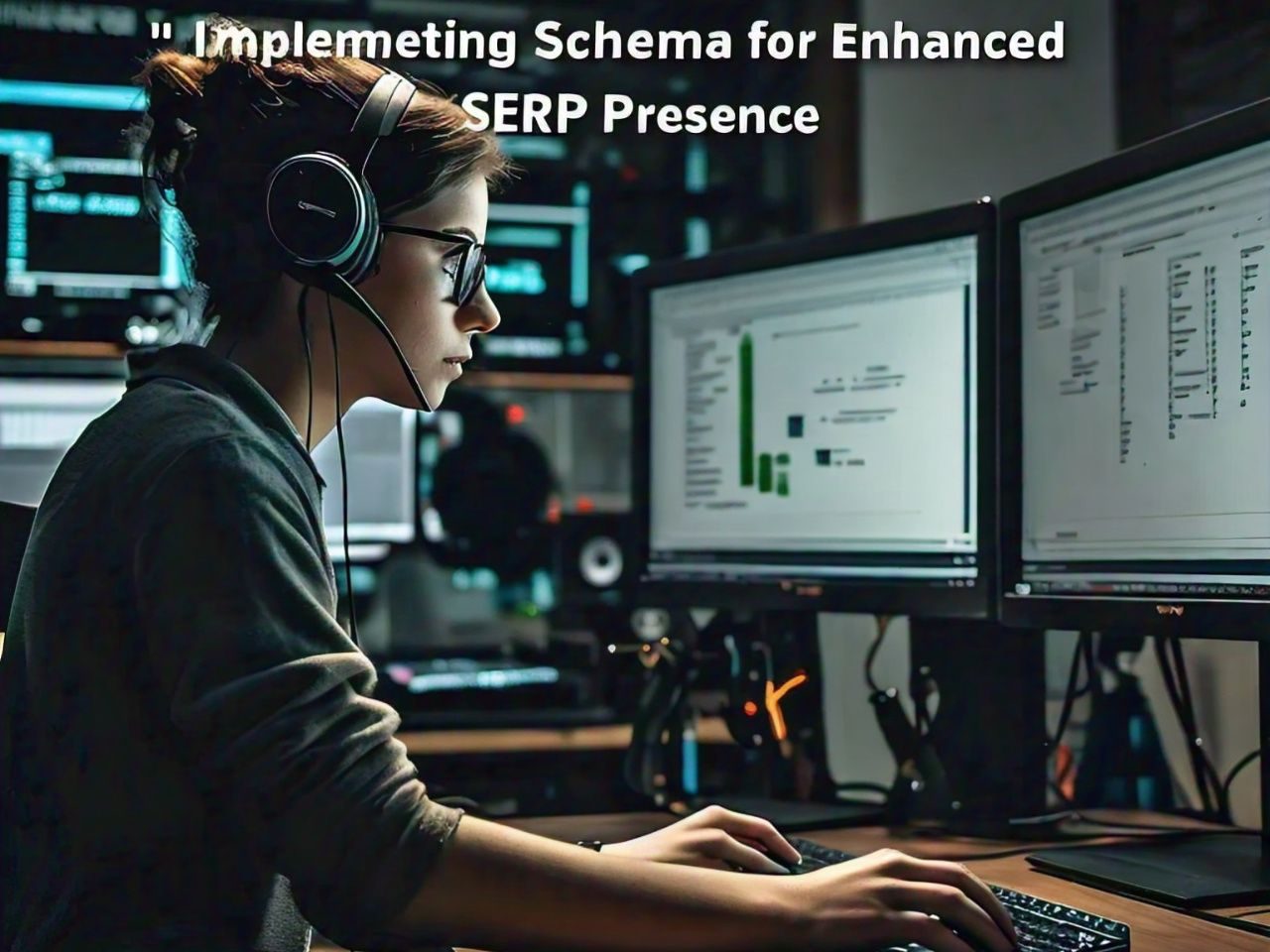
Adding schema markup to your pages can result in rich snippets. These are enhanced descriptions that appear in search results. They can include reviews, ratings, images, and other key details. By implementing schema, you can make your SERP listing more attractive and informative, potentially boosting your click-through rate.
Targeting Featured Snippets and Position Zero
Featured snippets are a form of rich snippets. They appear at the top of SERPs, in what’s known as “position zero”.
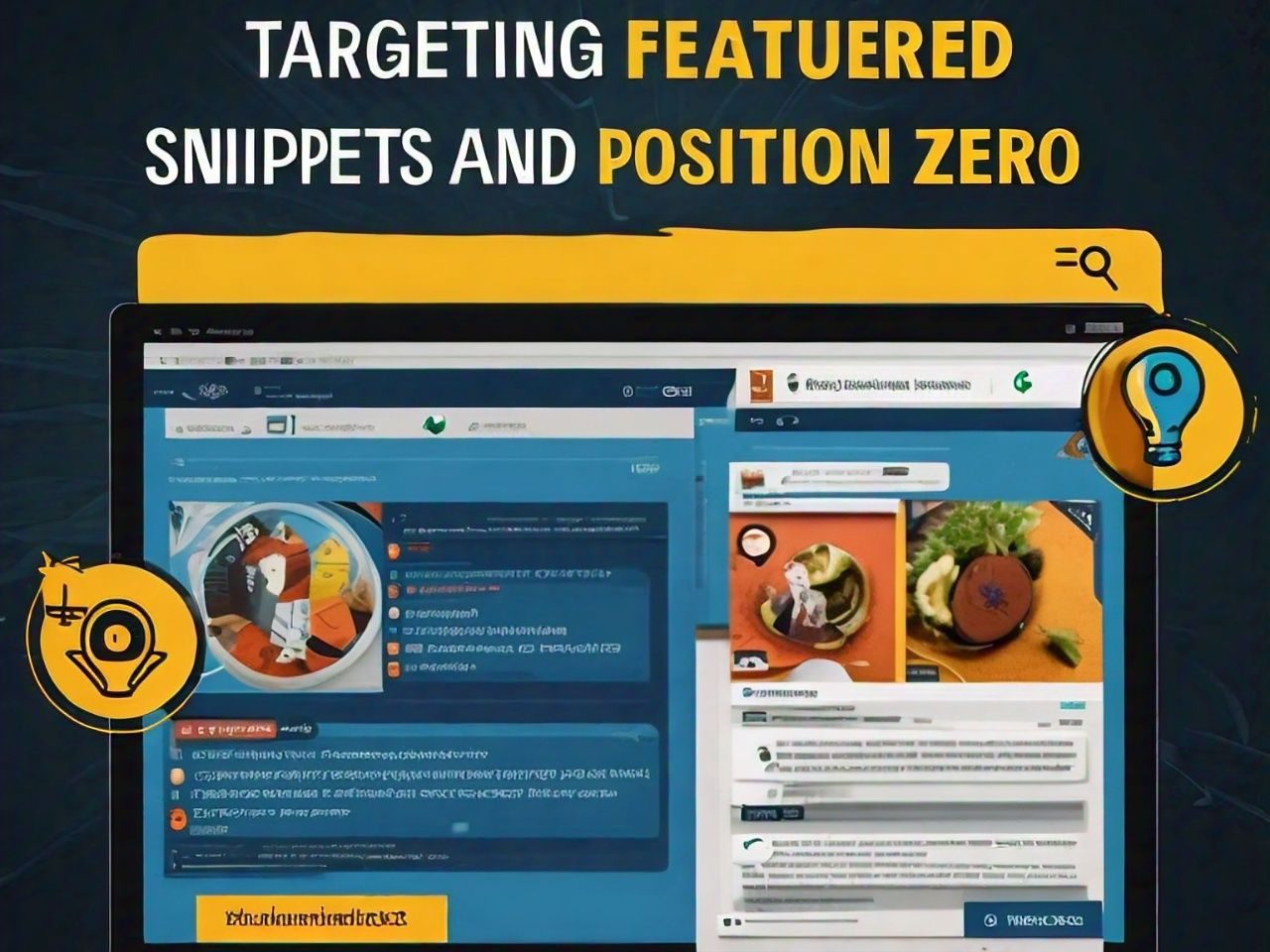
Featured snippets provide direct answers to user queries. They can significantly increase your visibility and click-through rate. To target featured snippets, structure your content clearly and provide concise, direct answers to common queries. Remember, achieving position zero can give you a significant edge over your competitors.
Monitoring and Improving On-Page SEO Performance
On-page SEO technique is not a one-time task. It requires continuous monitoring and improvement.

Here’s why:
- Search engine algorithms are constantly evolving.
- User behavior and preferences change over time.
- Your competitors are also optimizing their content.
To stay ahead, you need to regularly monitor your performance and make necessary adjustments.
Using Analytics and Tools for SEO Insights
Analytics tools are crucial for monitoring your on-page SEO performance. They provide valuable insights into how your content is performing.
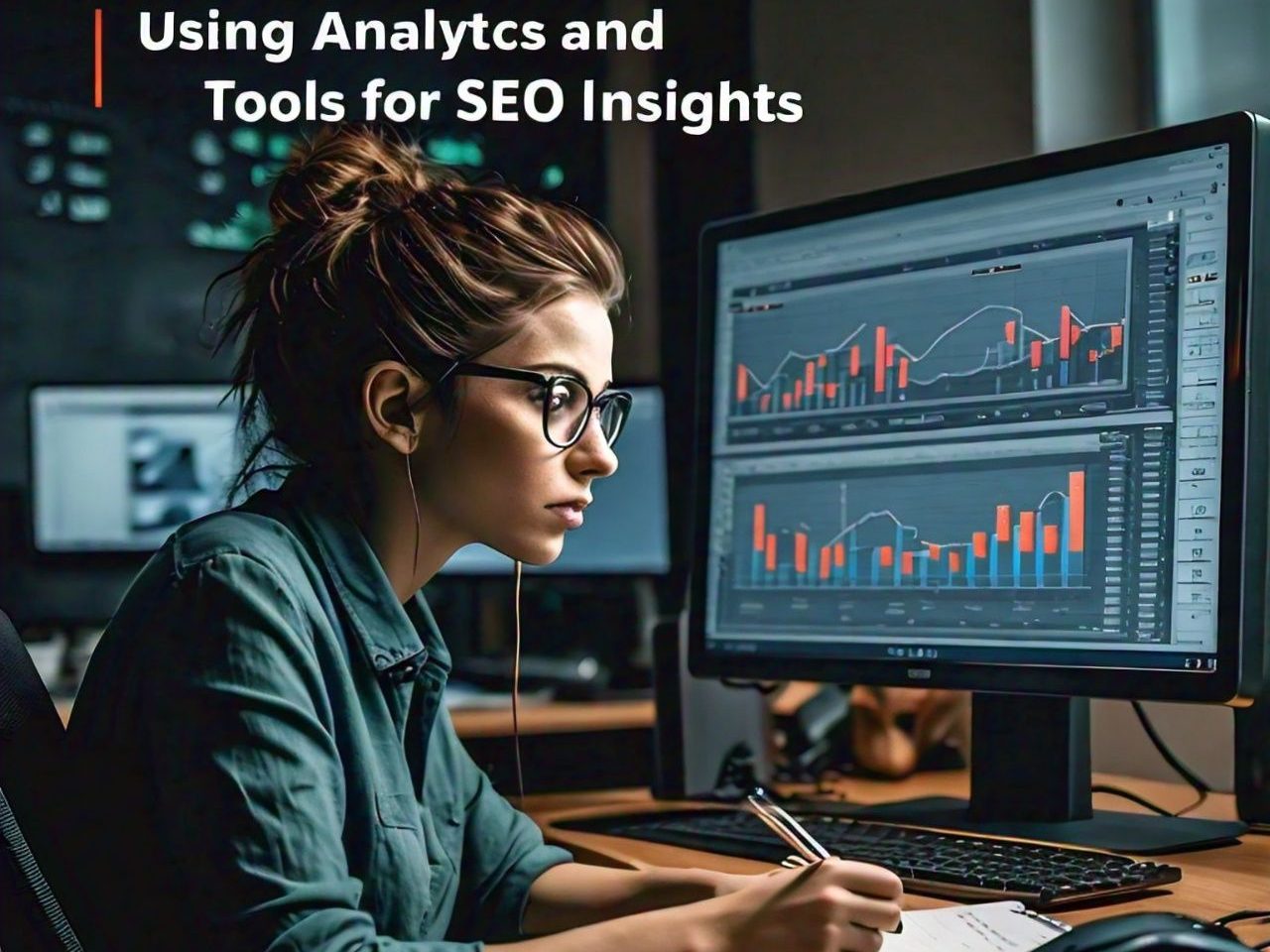
For instance, Google Analytics can show you which pages are attracting the most traffic. It can also reveal how users are interacting with your content. These insights can guide your optimization efforts, helping you focus on areas that need improvement.
Continuous Improvement: Updating and Refining Content
Updating and refining your content is a key part of on-page SEO. It ensures your content remains relevant and valuable to users.

For example, you might update a blog post to include new information. Or, you might refine your keyword strategy based on the latest search trends. Remember, search engines favor fresh, up-to-date content. Regular updates can help maintain or improve your rankings.
Conclusion: The Future of On-Page SEO
The future of on-page SEO Techniques is dynamic.

It’s shaped by evolving search engine algorithms, changing user behavior, and technological advancements. To stay competitive, you need to keep up with these changes.
Staying Ahead with Pro-Level On-Page SEO Techniques
Pro-level on-page SEO techniques can give you an edge.
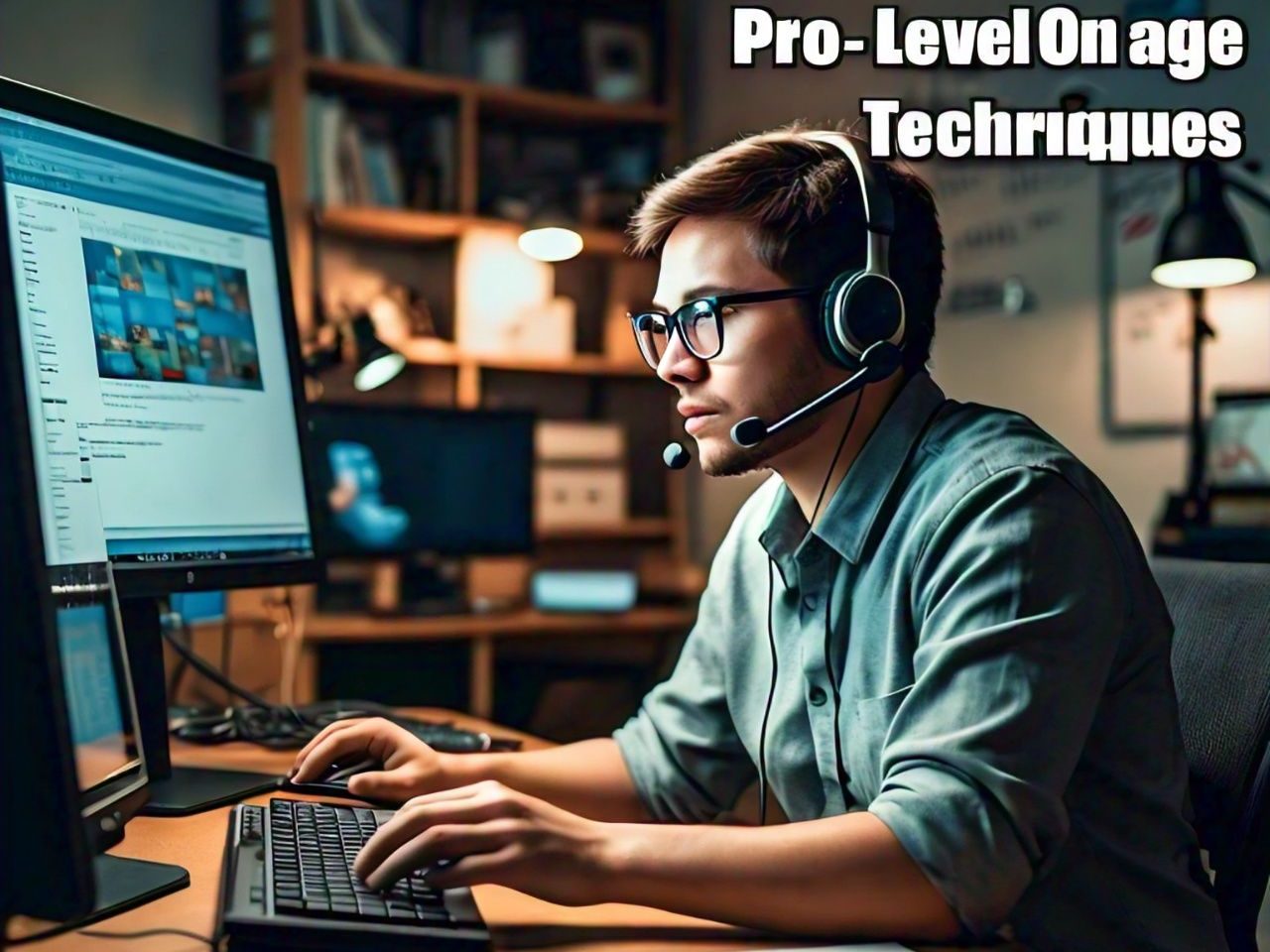
They can help you optimize your content beyond the basics. This can lead to better rankings, more traffic, and higher conversions. But remember, SEO is not a one-time task. It requires continuous learning, testing, and improvement. So, keep exploring new techniques, monitor your performance, and refine your strategy. With the right approach, you can stay ahead in the ever-changing world of SEO.


